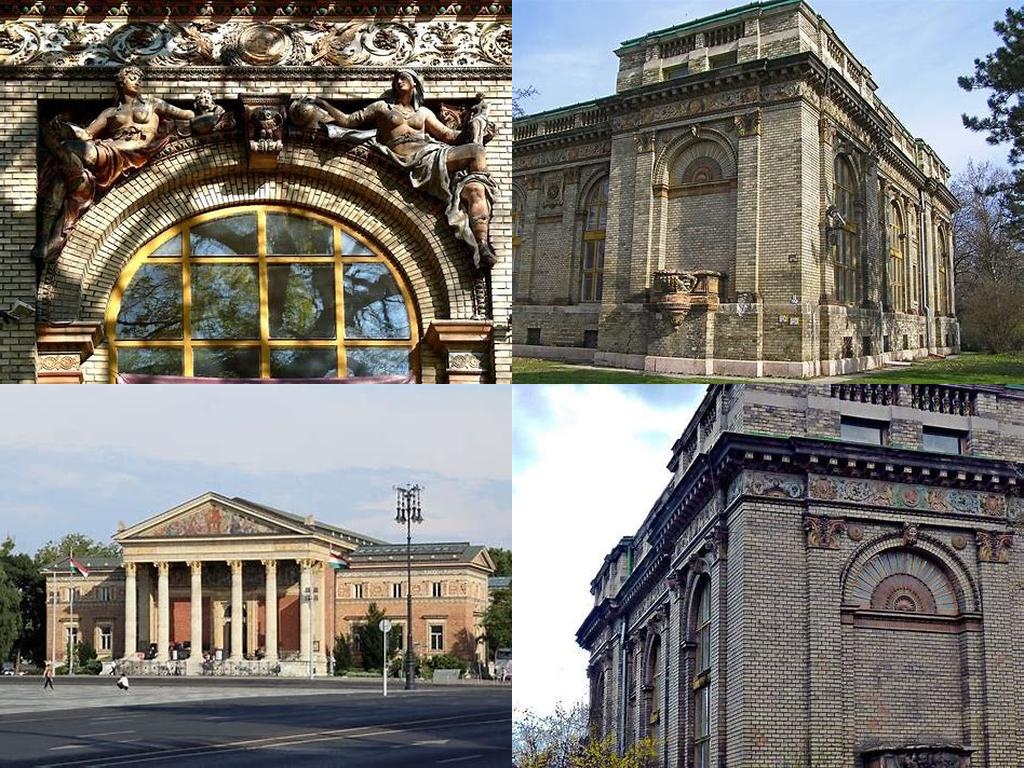
Régi Műcsarnok épülete, or the Old Hall of Art building, sits quietly on Andrássy Avenue, lending a regal touch to one of the most iconic streets in Budapest. At first glance, it’s easy to miss its subtle beauty amid the more eye-catching neo-Renaissance palaces and cafés of Terézváros, but for anyone who’s even a little interested in architecture, art, or history, this building is a hidden gem waiting to be explored.
What sets the Old Hall of Art apart is its lesser-known roots. Unlike its better-known sibling, the present-day Műcsarnok (Kunsthalle) on Heroes’ Square, the Régi Műcsarnok was actually the birthplace of Hungary’s prestigious art exhibitions. Built between 1875 and 1877, it was a monumental project in a city that was, at the time, bursting with newly found creative energy and ambition. The man behind this elegant structure was Adolf Láng, a celebrated architect whose name pops up in connection with a number of Budapest’s stately public buildings. His touch is unmistakable: stately yet understated, dignified yet inviting. You’ll notice the blend of neoclassical elements—look for those stately columns and harmonious proportions—which somehow pull off being impressive without being overbearing.
Step inside and you’ll be struck by the interior’s versatility. Over the years, the main hall and adjoining rooms have adapted to shifting demands and tastes. Once a buzzing center for young painters and sculptors eager to share their latest works with the Budapest public, the building eventually hosted everything from art competitions and debates to more formal gatherings, always maintaining that spark of creative energy. Imagine attending a soirée where Mihály Munkácsy—one of Hungary’s most famous painters—chatted with his peers beneath the same soaring ceilings! Unlike some more heavily restored city landmarks, the Old Hall of Art feels lived-in and genuine, layered with stories not just from historic events but from everyday artistic life.
Today, a visit to the Régi Műcsarnok épülete feels like stepping into an alternate timeline where art and ideas circulated easily, untroubled by tourist crowds or flashy modern distractions. The building’s slightly faded elegance gives it a certain charm—think of delicate wall decorations, the play of afternoon sunlight through tall, old windows, perhaps even the faint echo of long-ago recitals. If you time your visit right, you may stumble upon a temporary exhibition, a chamber concert, or a community event. Unlike the hectic atmosphere you might find at the better-known museums, here you can really linger, letting your imagination roam.
Take a moment, too, to walk around the exterior and appreciate its place in the urban landscape. Standing here, you can almost picture late 19th-century Budapest—carriages passing, artists dashing in with paint-stained fingers, students debating the day’s latest masterpiece. Even just pausing at the threshold, you’ll feel the heartbeat of a city in the midst of cultural transformation.
All this makes the Régi Műcsarnok épülete a remarkable place for travelers seeking something authentic and resonant. Whether you’re captivated by architectural details, curious about Hungarian art history, or just looking for a quiet corner filled with echoes of inspiration, this grand old building rewards every visitor with a sense of connection to the enduring spirit of Budapest.





